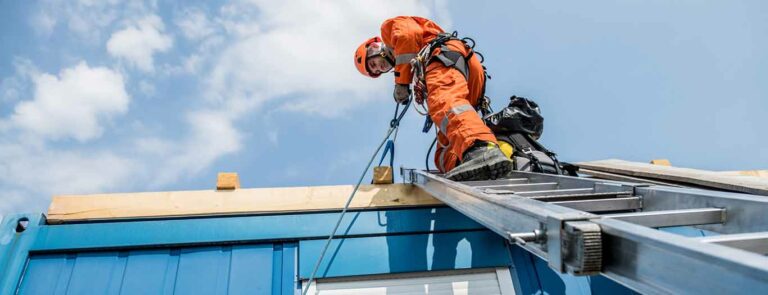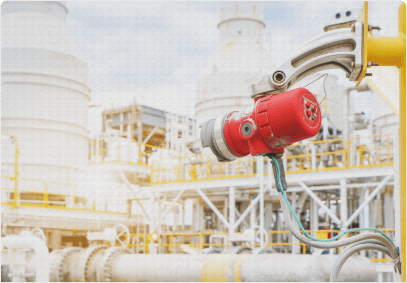Excitement About Roar Solutions
Wiki Article
The 9-Second Trick For Roar Solutions
Table of ContentsAn Unbiased View of Roar SolutionsTop Guidelines Of Roar SolutionsThe Best Strategy To Use For Roar Solutions
In order to protect installments from a prospective explosion a technique of evaluating and categorizing a possibly harmful location is required. The objective of this is to ensure the appropriate option and installment of devices to ultimately protect against a surge and to guarantee security of life.
(https://sketchfab.com/roarsolutions)
No equipment must be set up where the surface temperature of the devices is above the ignition temperature level of the provided hazard. Below are some usual dust dangerous and their minimal ignition temperature. Coal Dust 380C 225C Polythene 420C (thaws) Methyl Cellulose 420C 320C Starch 460C 435C Flour 490C 340C Sugar 490C 460C Grain Dirt 510C 300C Phenolic Material 530C > 450C Aluminium 590C > 450C PVC 700C > 450C Residue 810C 570C The likelihood of the hazard being present in a focus high enough to cause an ignition will differ from place to place.
In order to categorize this threat an installation is split into locations of risk depending upon the quantity of time the dangerous is present. These areas are described as Areas. For gases and vapours and dusts and fibres there are 3 areas. Zone 0 Area 20 A hazardous ambience is extremely likely to be existing and may exist for long periods of time (> 1000 hours each year) and even continuously Area 1 Zone 21 A dangerous atmosphere is possible however not likely to be present for extended periods of time (> 10 450 C [842 F] A category of T6 suggests the minimal ignition temperature is > 85 C [185 F] Harmful location electrical tools maybe developed for usage in greater ambient temperature levels. This would suggested on the ranking plate e.g. EExe II C T3 Ta + 60C( This indicates at 60C ambient T3 will certainly not be exceeded) T1 T1, T2, T3, T4, T5, T6 T2 T2, T3, T4, T5, T6 T3 T3, T4, T5, T6 T4 T4, T5, T6 T5 T5, T6 T6 T6 A T Course ranking of T1 means the optimum surface temperature created by the tool at 40 C is 450 C. Presuming the connected T Class and Temperature level rating for the tools are proper for the area, you can always use a tool with a more strict Division score than needed for the area. There isn't a clear solution to this question. It truly does depend on the kind of devices and what repairs require to be carried out. Equipment with details examination procedures that can not be performed in the area in order to achieve/maintain 3rd party ranking. Need to come back to the factory if it is before the tools's solution. Area Repair Service By Authorised Employee: Complex testing might not be required however details treatments may need to be complied with in order for the devices to maintain its third party score. Authorized employees have to be utilized to do the work appropriately Repair service need to be a like for like substitute. New element must be thought about as a direct replacement calling for no unique screening of the equipment after the repair is complete. Each tool with a harmful ranking should be reviewed independently. These are outlined at a high degree below, however for more in-depth info, please refer straight to the guidelines.
Roar Solutions for Dummies
The tools register is a comprehensive data source of equipment records that includes a minimum collection of fields to identify each thing's place, technical parameters, Ex-spouse category, age, and environmental information. The ratio of Thorough to Shut examinations will be identified by the Equipment Risk, which is assessed based on ignition threat (the likelihood of a source of ignition versus the chance of a combustible atmosphere )and the unsafe area classification( Zone 0Area 1, or 2). Executing a durable Risk-Based Evaluation( RBI )strategy is critical for making certain compliance and safety in handling Electric Devices in Hazardous Locations( EEHA).
Examine This Report about Roar Solutions

In regards to eruptive danger, a dangerous area is a setting in which an eruptive environment is existing (or may be expected to be existing) in quantities that call for special safety measures for the building, installation and use tools. high voltage courses. In this article we discover the challenges encountered in the office, the threat control steps, and the called for proficiencies to function securely
It issues of contemporary life that we manufacture, keep or take care of a variety of gases or fluids that are deemed flammable, and a variety of dusts that are deemed flammable. These substances can, in particular conditions, develop eruptive ambiences and these can have significant and heartbreaking consequences. A lot of us are acquainted with the fire triangle get rid of any kind of among the three aspects and the fire can not happen, yet what does this mean in the context of dangerous locations? When breaking this down into its simplest terms it is essentially: a combination of a specific quantity of release or leakage of a specific material or product, combining with ambient oxygen, and the visibility of a resource of ignition.
In a lot of circumstances, we can do little concerning the degrees of oxygen airborne, but we can have considerable impact on resources of ignition, for instance electric devices. Harmful locations are documented on the dangerous area classification illustration and are recognized on-site by the triangular "EX LOVER" sign. Below, among various other key info, zones are split into three kinds depending upon the threat, the chance and duration that an eruptive atmosphere will certainly he has a good point exist; Area 0 or 20 is considered the most hazardous and Zone 2 or 22 is regarded the least.
Report this wiki page